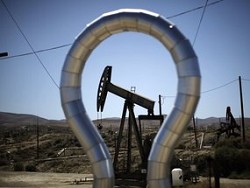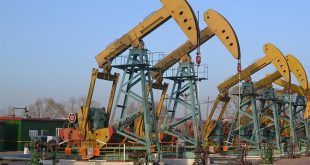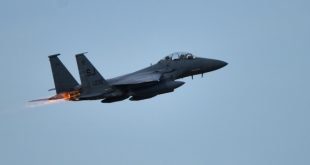Norway printed oil “pod”
Norway for the first time in 20 years used the oil Fund
06.03.2016, 09:47
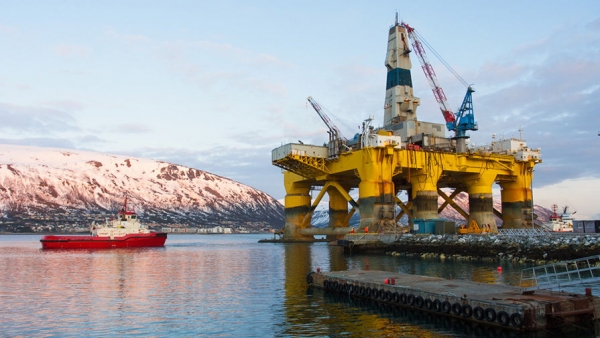 Shutterstock
Shutterstock
Low oil prices have forced Norway for the first time in 20 years to go to the oil Fund. While Norwegian authorities seized less than 10%, but the country continues to grow, unemployment and the incidence of seizures may increase. While Norway intends to support the initiative to freeze the oil, while the oil sector provides about 25% of Norwegian GDP. Experts believe the reference to “an oil coin box” warranted, but warn that it is dangerous to get involved.
Norway first activated the oil Fund, created 20 years ago. According to local newspaper Dagens Naeringsliv, in January the government was forced to draw from the Fund of about 6.7 billion euros (about $800 million at current exchange rates). Given the volume of funds in the Fund (approximately $830 billion, and some estimates even $875 billion), the amount is pretty negligible.
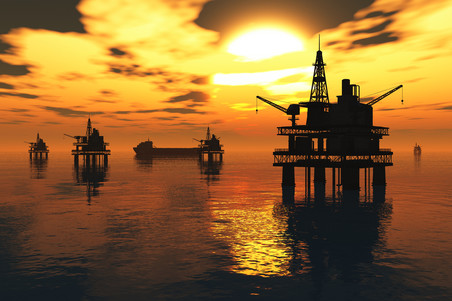
The barrel broke the budget of Norway
Low oil prices put pressure on the Norwegian economy. In the country, recorded the highest unemployment, and the revenues from the oil industry decreased… →
Norwegian oil Fund (stabilization Fund) was formed over 20 years from revenues from the sale of oil and is considered the largest in the world. The oil sector is the basis of the Norwegian economy, providing about 25% of GDP. But now, according to DN, amid falling oil prices the revenue from the oil industry declined significantly and was less than budget expenses.
In mid-January North sea Brent oil (namely the North sea has been producing Norway) traded at $30-32 per barrel. Thus, since the beginning of the fall quotes (July 2014, when the price was about $110) a barrel has fallen by more than three times. However, played its role and reduced production in the North sea — North sea deposits are depleted.
That will have to use the stabilisation Fund, Norway spoke back in may of last year. It was assumed that in 2015 the Fund will have raised $21.8 billion On the backdrop of withdrawal of us $800 million can be considered quite positive news.
By the way, just in may of 2015 the unemployment rate in Norway has reached 11 years at 4.3%. On March 3, according to The Nordic Page, a Norwegian, due to the slowdown of the economy (the oil sector) in 2016 without work risk being another 95 thousand Norwegians (the population is about 5 million people). In Norway, as in many EU countries, there is a problem with migrants. Prime Minister Erna, Solberg in February said that Norway is ready to close borders.
As for oil, Norway has expressed its readiness to join Russia and the OPEC countries, which in mid-January agreed to fix the level of oil production in the face of growing demand should lead to lower supply and higher prices for oil. However, eventually the oil producers had not yet agreed on the final negotiations scheduled for the end of March.
Analyst FK “URALSIB” Alexey Kokin notes that Norway freeze production does not require any special effort and assumes no risk: mining in the country has stagnated and is now less than 2 million barrels a day. On the other hand, to increase oil production Norway is also not possible as not ready for large-scale investments in new fields.
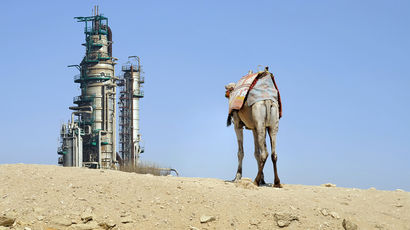
The sheikhs started to improve the game
Saudi state company Saudi Aramco raises prices for consumers in both Asia and Europe. The Saudis can finally stop the price wars and decline… →
One of the initiators of freezing the production — Saudi Arabia has started to lobby for this proposal because in the period of low oil prices was forced to turn to their financial reserves. In the first nine months of last year gold and exchange currency reserves of SA decreased by $6.6 billion and accounted for in October $646,9 billion.
Chief economist, Eurasian development Bank Yaroslav Lissovolik said that in the current situation, with the current oil market climate, the use of reserves is justified.
“Actually, that’s why they were created — to cover budget gaps in the period of low oil prices, — the expert reminds. — However, in the use of these reserves is also a certain limit”.
Lissovolik says that when foreign reserves are depleted and countries have to think about other ways to raise funds (for example, on the issue of securities or the privatization of state assets), with a low level of reserve to make it more complicated. The cost of borrowing will be higher and the realisation of assets will become less effective.

